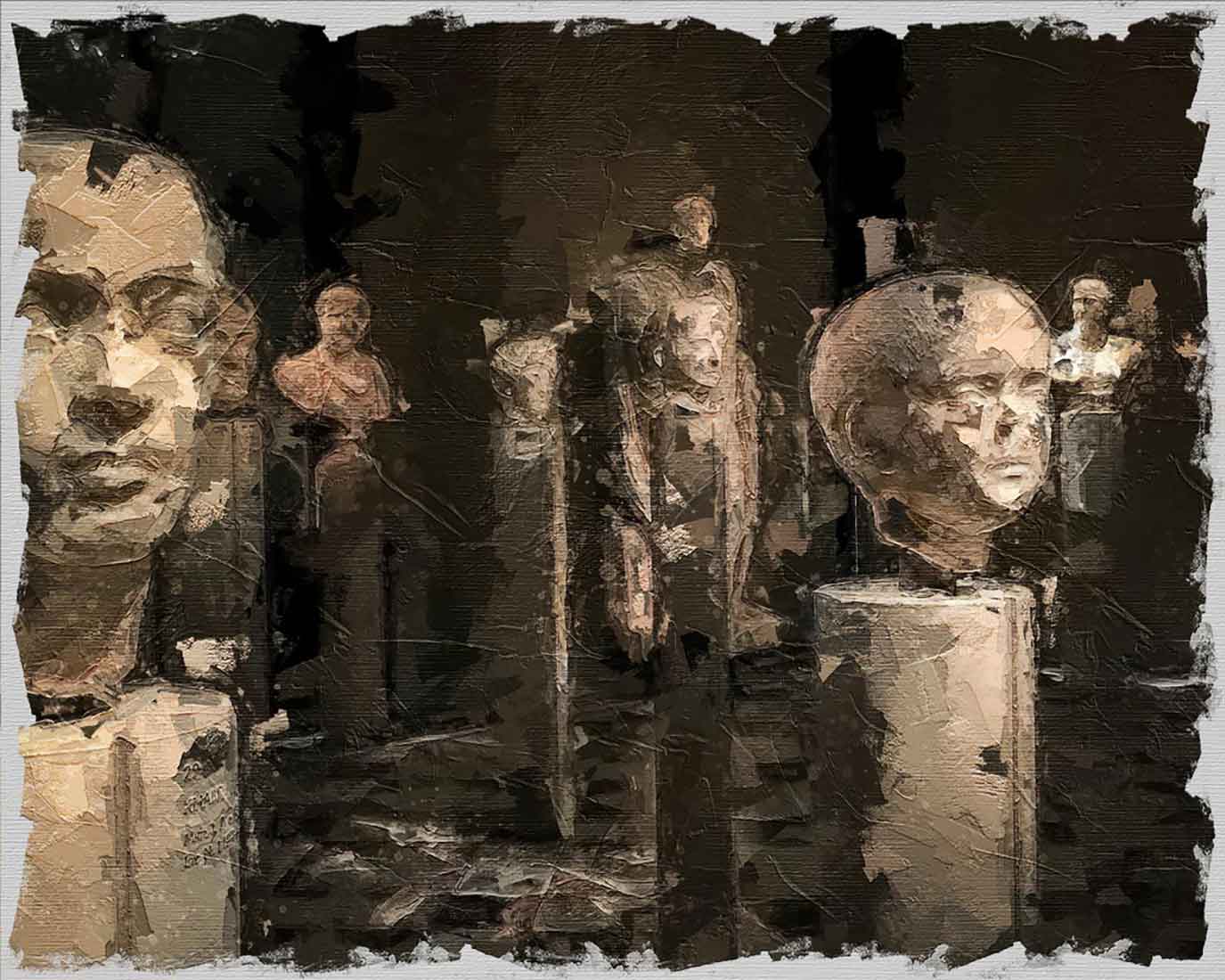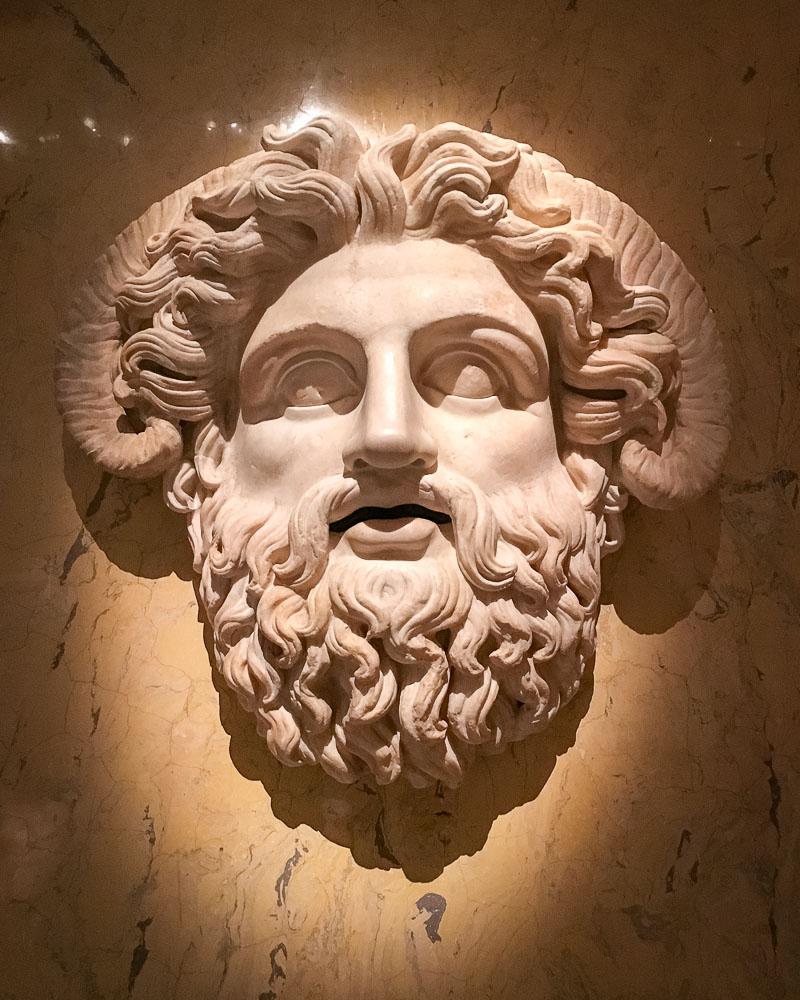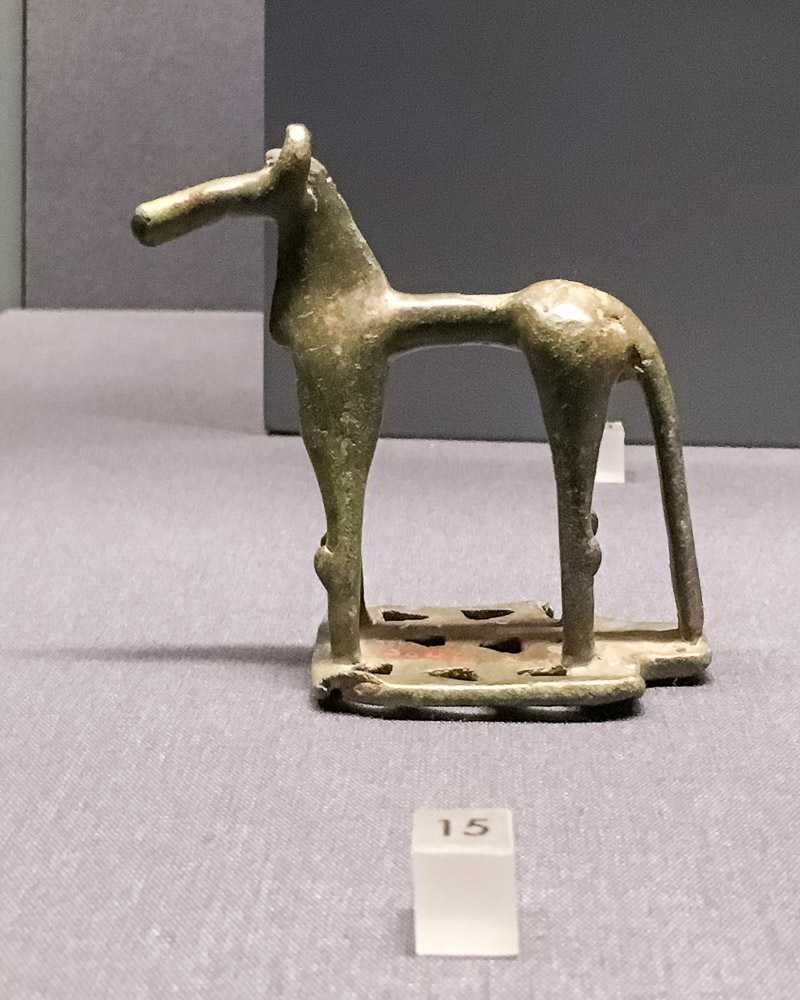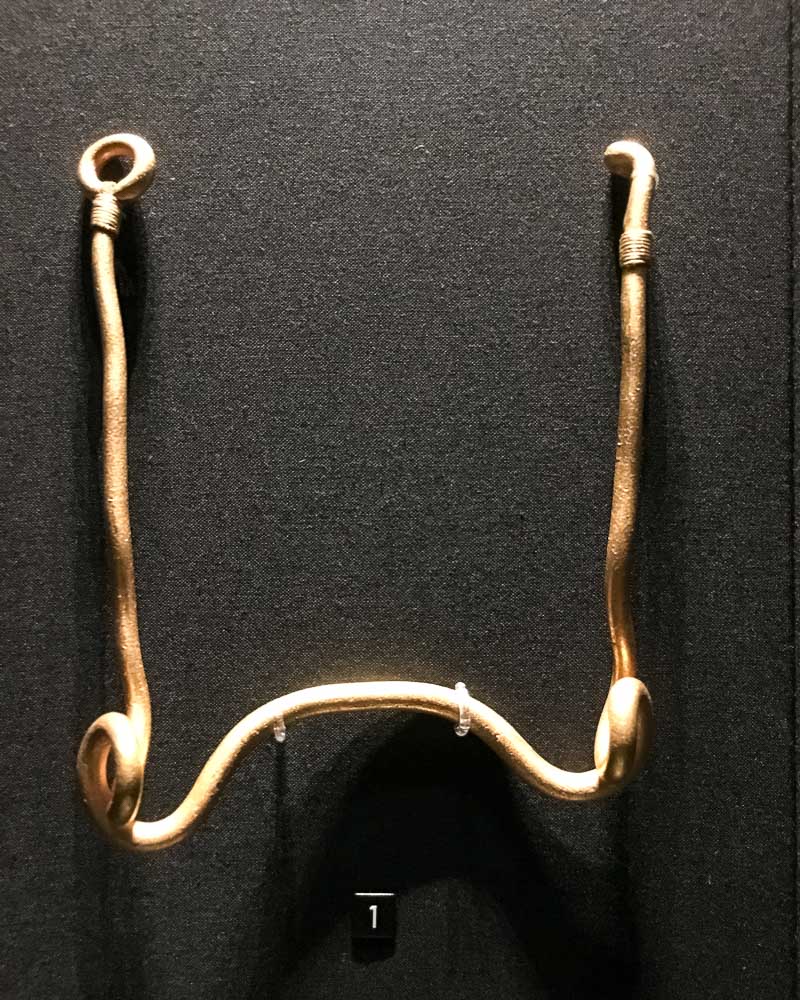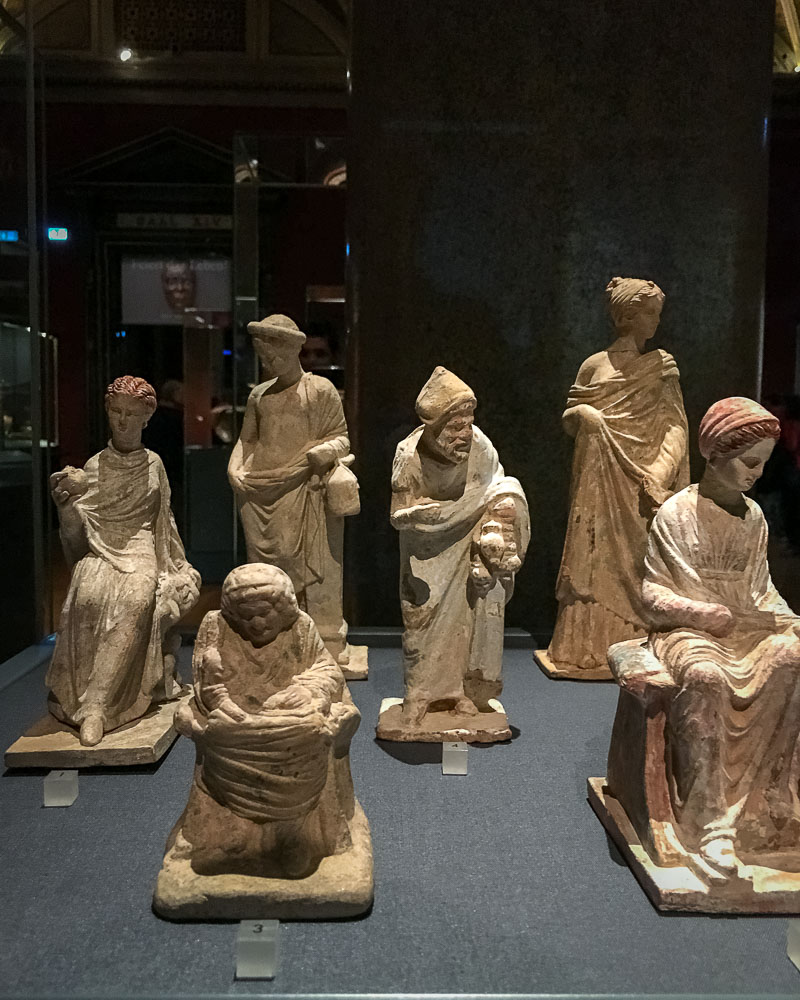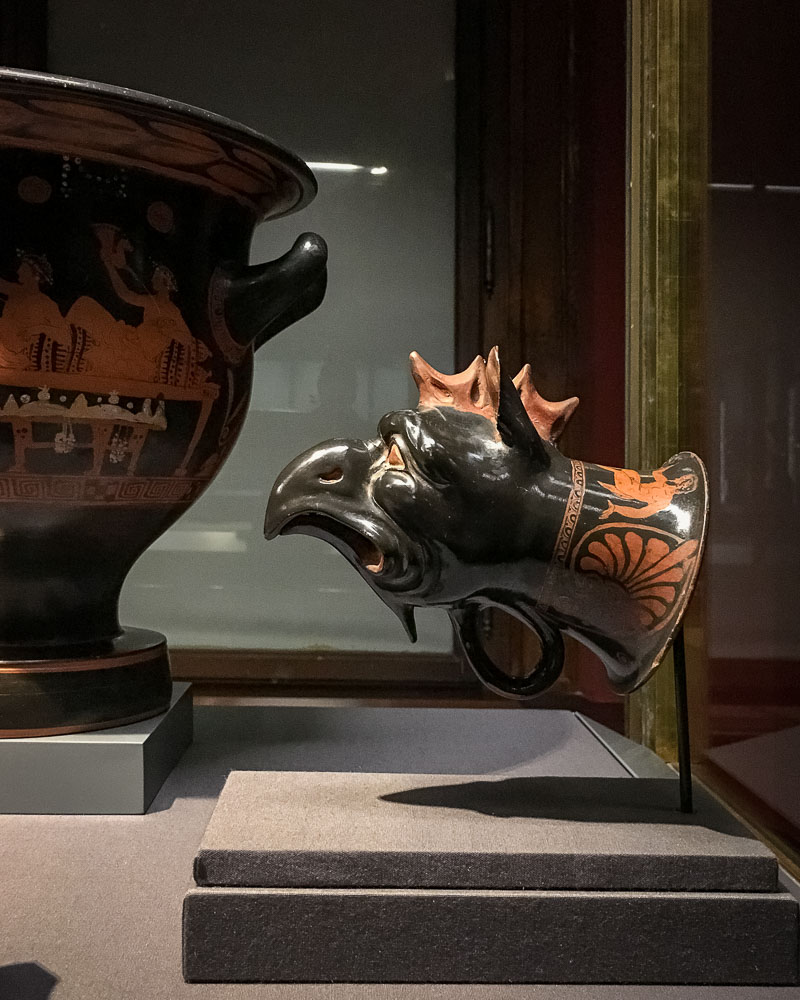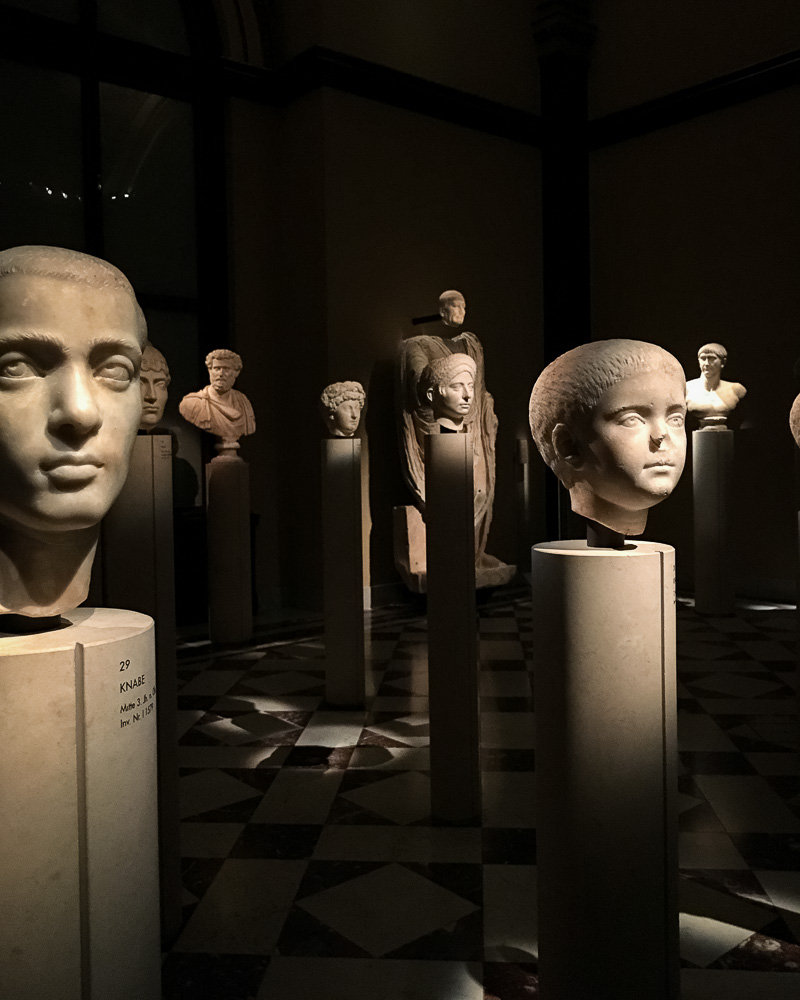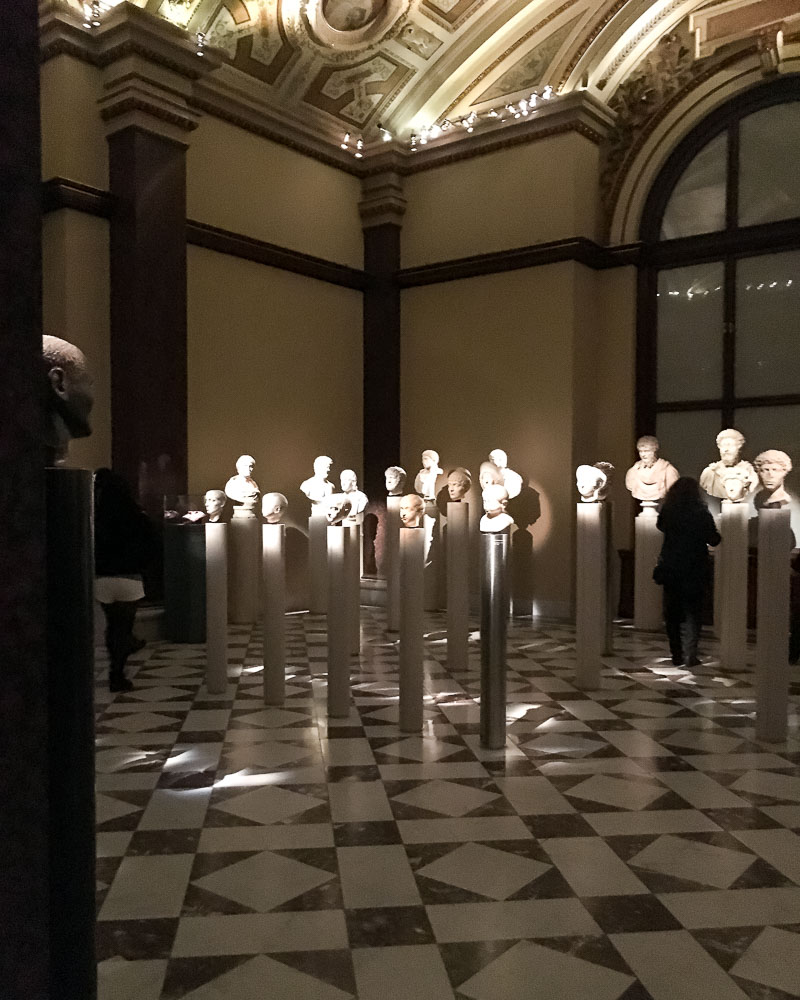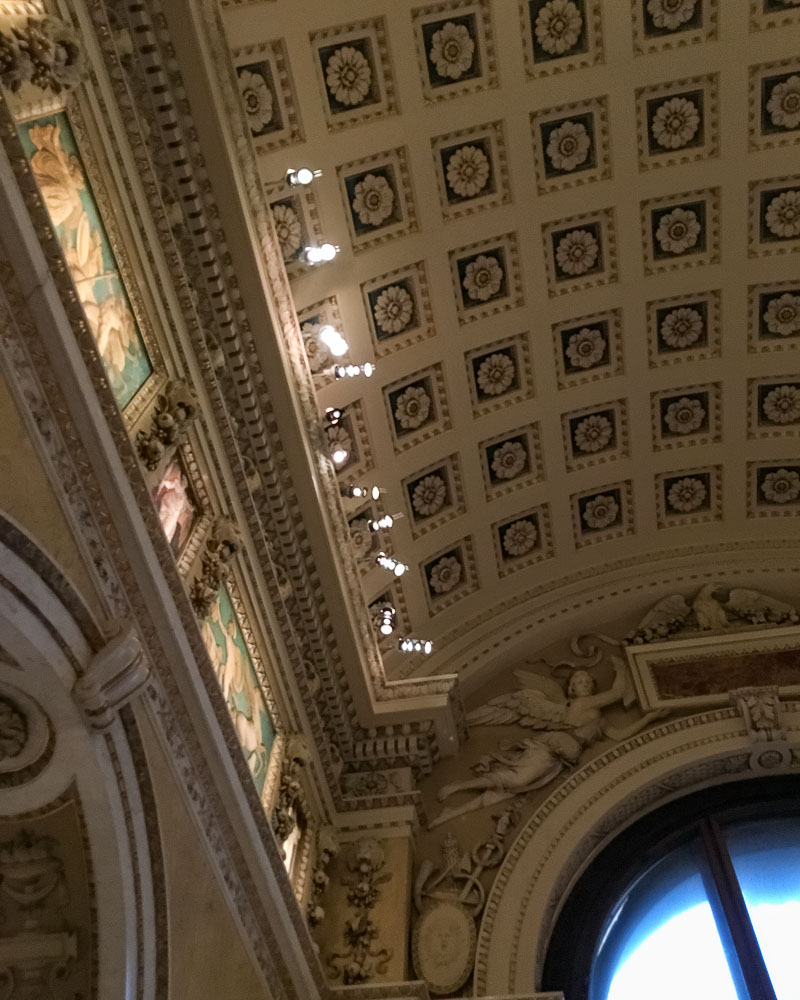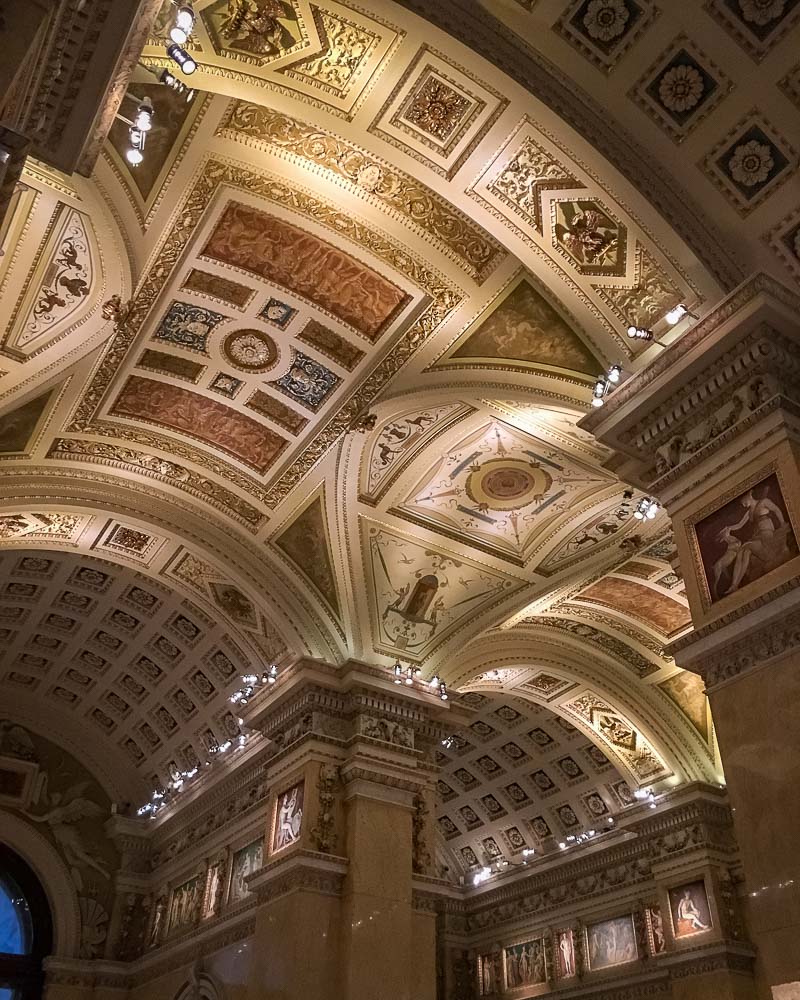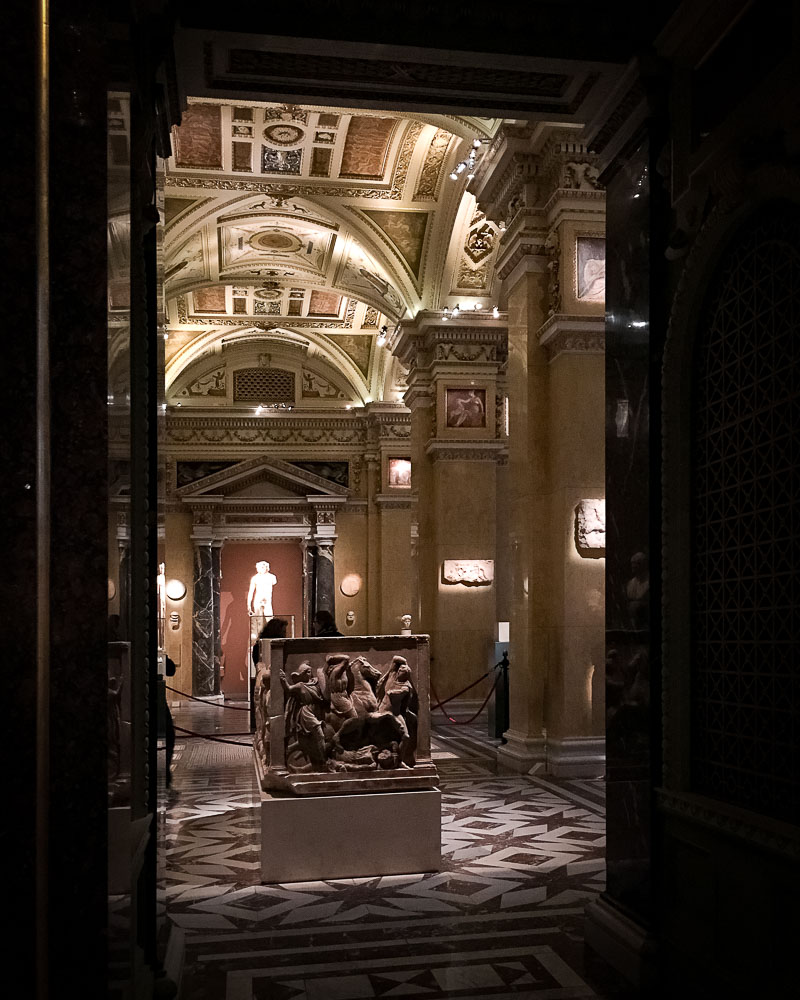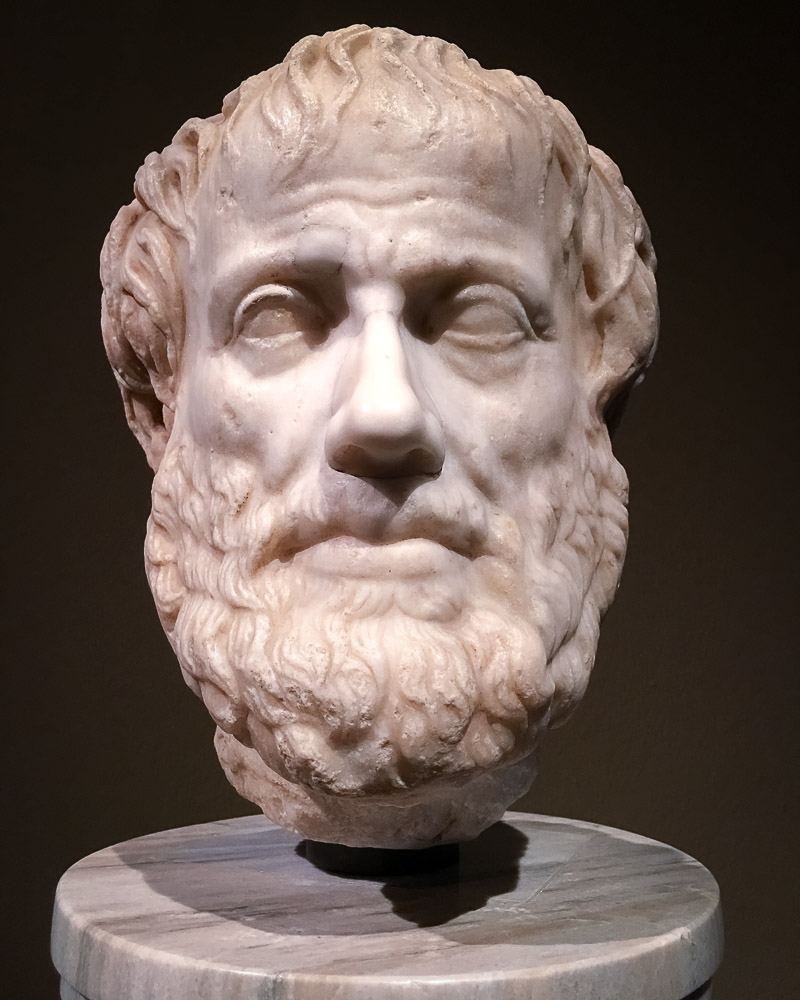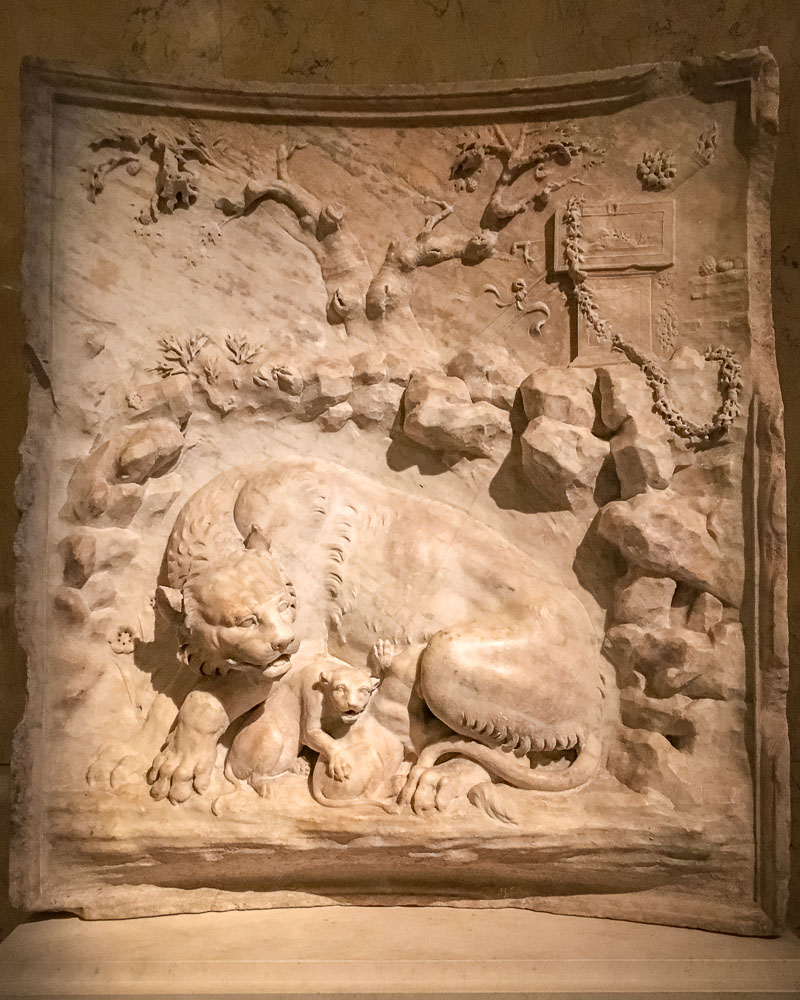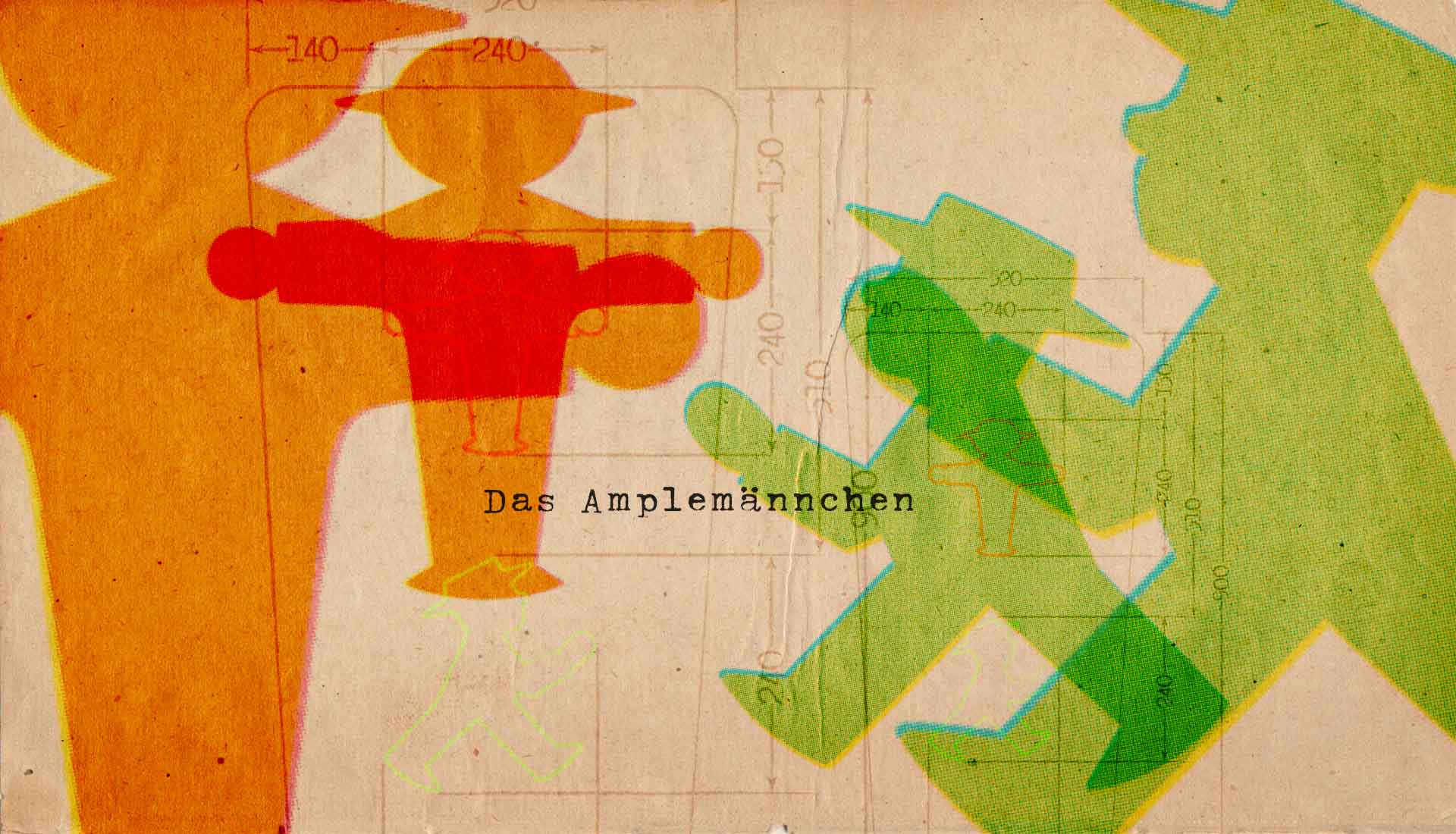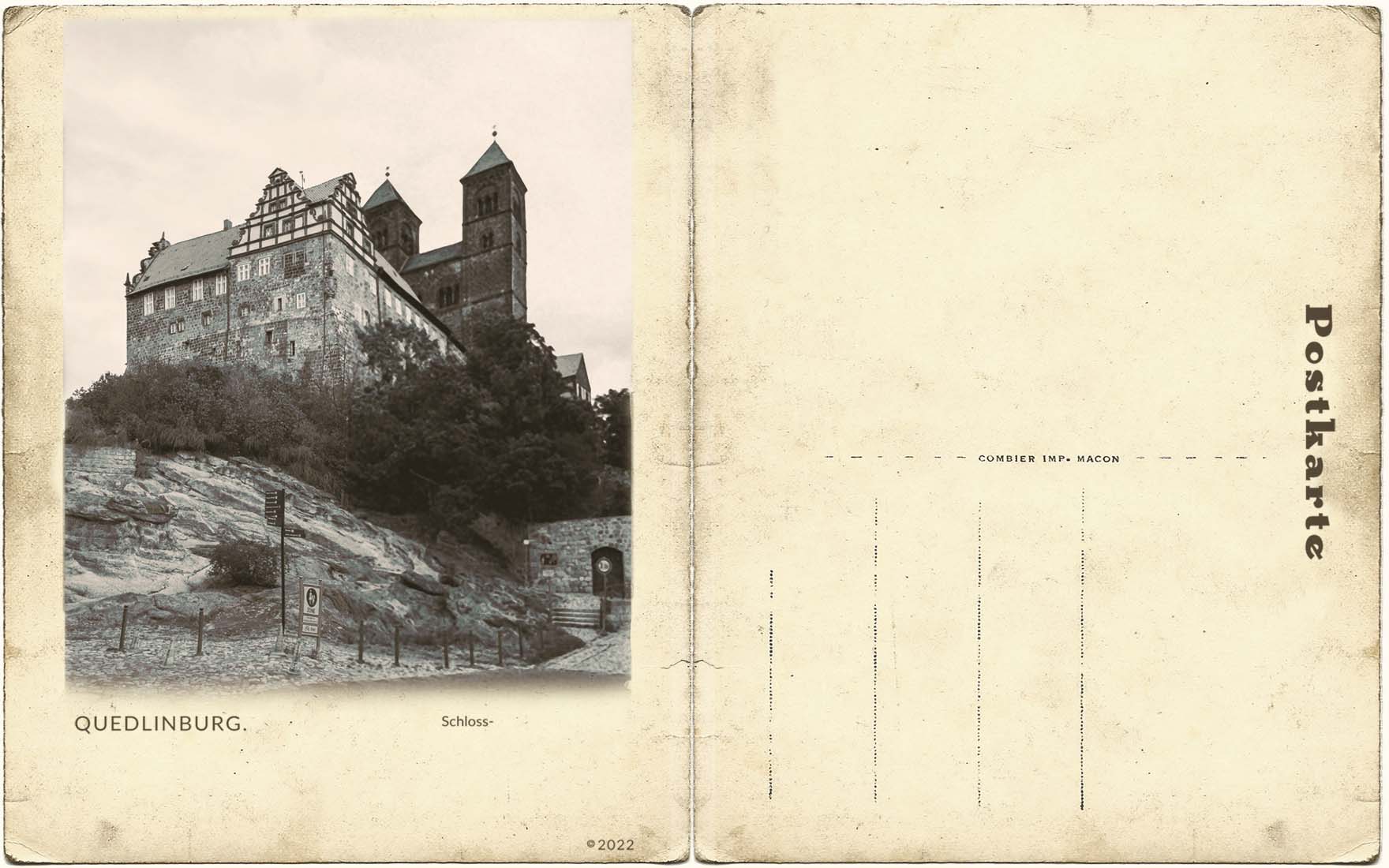am slowly moving away from the collection of Egyptian and Near East Art into the collection of Greek and Roman antiquities. The objects in this collection span a period of more than three millennia - from the Bronze Age to early Medieval.
I stop at a Roman helmet and I try to imagine what the soldier was like who wore this helmet. He was a Roman citizen and at least 20 (required) but may not have been from Italy (most were not). He was unmarried – Roman soldiers were not allowed to marry – and had to remain enlisted for a minimum of 25 years. This means, if he managed to survive, he could start his life at 45.
The large collection of Greek vessels is absolutely beautiful – and so many different shapes and sizes. Each of the different shapes had a different use…and each depicting a story, fable, or myth.
The room of Roman portraits and statues is very dramatic. A well-preserved portrait of Emperor Traian, who is more known from coins. A marble bust of Augustus – the first Roman emperor. A bust of a boy, with a large upper head, chubby cheeks, a snub nose, and a distant and serious gaze, may have come from his tomb.
The portrait of the philosopher Aristotle does not correspond to the standardized portrait of the “typical philosopher,” but shows a very individual head with age features and thinning hair and with wrinkles.
The mosaic, discovered in 1815 in a Roman villa, reproduces scenes from the Saga of Theseus. The myth tells that Ariadne, the daughter of the Cretan king Minos, fell in love with the young Theseus when he arrived from Athens to slay the Minotaur and free the Athenians from tribute in the form of human sacrifice. The hero succeeded in killing the monster in the corridors of the labyrinth (large center picture) and returned safely from the maze with the help of the red thread, which Ariadne had carefully given him beforehand.
The mixed creature, in which a winged lion’s body is joined to an eagle’s head, belonged to a statuette of the god Apollo, who had propped up his stringed instrument on space between the erect wings.
The concave-arched plate originally belonged to a Roman fountain complex in ancient Praeneste. In this relief, a lioness is vigilantly looking around and suckling her two cubs. The mouth of the lion cub, whose head is turned towards the viewer, forms the opening from which the stream of water poured into the fountain.


